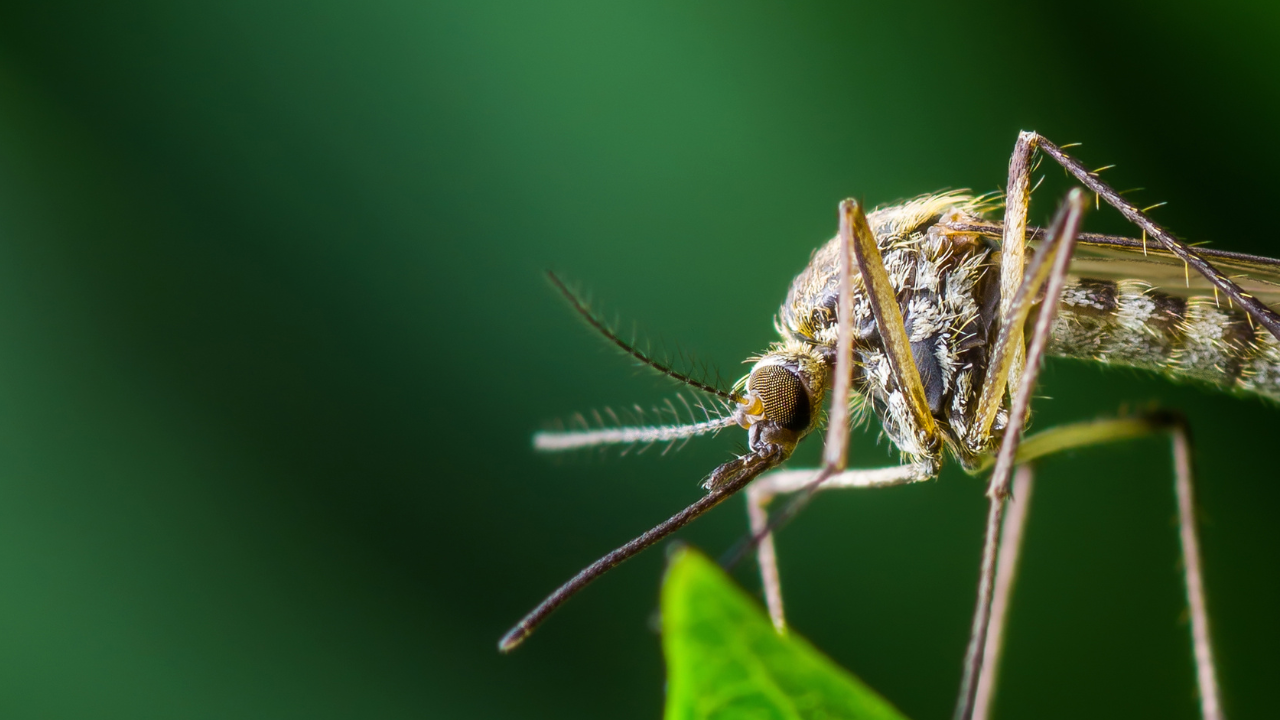MOSQUITO CONTROL
Contact Us
7385 Justice Dr.
Gloucester, VA 23061
Phone: 804-693-6269
Email Us
Hours
Monday through Friday
8 a.m. to 4:30 p.m.

Services
Gloucester County has a limited mosquito control program that uses a mosquito control district integrated mosquito management plan approach which combines surveillance, appropriate chemical treatment, and citizen interaction.
Guidance of and operating procedures for the County's mosquito control program are provided by the Gloucester Mosquito Control Commission.
Districts
The Mosquito Control program performs mosquito control operations for Gloucester County's mosquito control districts. Only certain areas of the County are within the mosquito control districts covered by the mosquito control program and all parcels within these areas pay a mosquito control tax which funds the program.
Tax Rate
The mosquito control tax rate is established for each calendar year (January to December) in the spring when the Board of Supervisors adopts an annual budget and sets the tax rates. The 2018 mosquito control tax rate was set at $0.01 per $100 of assessed real estate value. The mosquito control tax levy appears on real estate tax bills as an additional amount due along with the regular real estate tax levy.
More Information
If a citizen has a question about mosquito control or wishes to report a mosquito problem, send email to mosquito@gloucesterva.info or call 804-693-6269 weekdays from 8:30 a.m. to 4 p.m. After these hours, please leave a message for a return call the next business day. You may call 804-824-2530 for updates.
Mosquito Control Districts
Abingdon Mosquito Control District was established on April 5, 1988 and is located in the Abingdon Magisterial District on the east side of U.S. Route 17 as defined by Ordinance of 1981.
Chiskiake Village, York River Pines, and York Shores Mosquito Control District was established on October 30, 2000 and is located within these three subdivisions as defined by Ordinance of 2000.
Dunlap Woods Mosquito Control District was established on July 1, 1997 and is located in the Dunlap Woods subdivision as defined by Ordinance of 1997.
Powhatan Chimney Mosquito Control District was established on July 5, 1995 and is located in the Powhatan Chimney subdivision as defined by Ordinance of 1995, plus additional Fosque Lane parcels added in 2004 when the Board of Supervisors amended the ordinance.
York Mosquito Control District was established on September 24, 1986 and is located in the York Magisterial District as defined by Ordinance of 1981. The general location of this mosquito control district is on the east side of Route 17, in the footprint of what was the York Magisterial District in the year the mosquito control district was established.
Complete descriptions of the mosquito control districts may be found in Chapter 9.5, Article II of the County Code.
What We Do
During mosquito control season in the mosquito control districts:
In the Spring, usually in April, Mosquito Control staff places larvicide briquettes into roadside ditches.
As they are out in the mosquito control districts, staff also distributes mosquito control release forms to residents whose homes are more than 150 feet from a public road.
Next, mosquito surveillance begins. This is a period of watchful waiting to determine when and where the mosquito population warrants application of adulticide.
Mosquito control trucks deliver an adulticide fogging in mosquito control districts only when surveillance indicates that an application of adulticide is needed with the need usually ending in the month of October.
What You Can Do
Mosquito management begins at home, for everyone in the County, in or out of a mosquito control district! Although we have all heard of the salt marsh mosquitoes, some varieties of mosquitoes like the same type of habitat as we do. By performing some simple self-help to eliminate breeding places for mosquitoes around your yard, you might just stop some from hatching at your own home.
Try taking a walk around your home to discover places mosquitoes might breed and eliminate them, including:
Overgrown shrubbery and tall grass that could provide a mosquito haven. Trim and mow to encourage mosquitoes to rest elsewhere.
Standing water of all types, including rainwater that has collected in containers. Remember, any water that is not moving could become a mosquito nursery! Pour it out. As little as a teaspoon full of water could become a hatchery.
